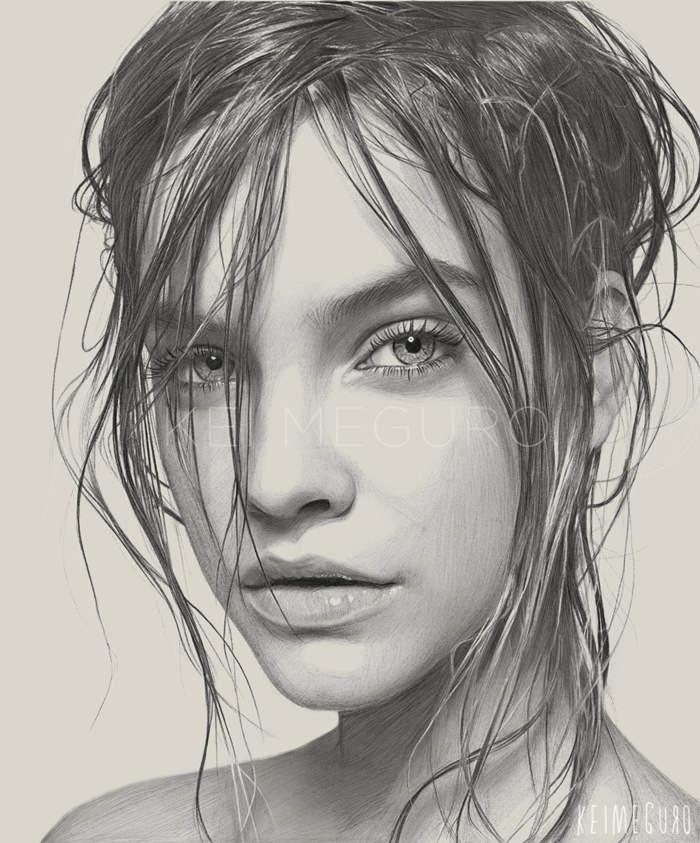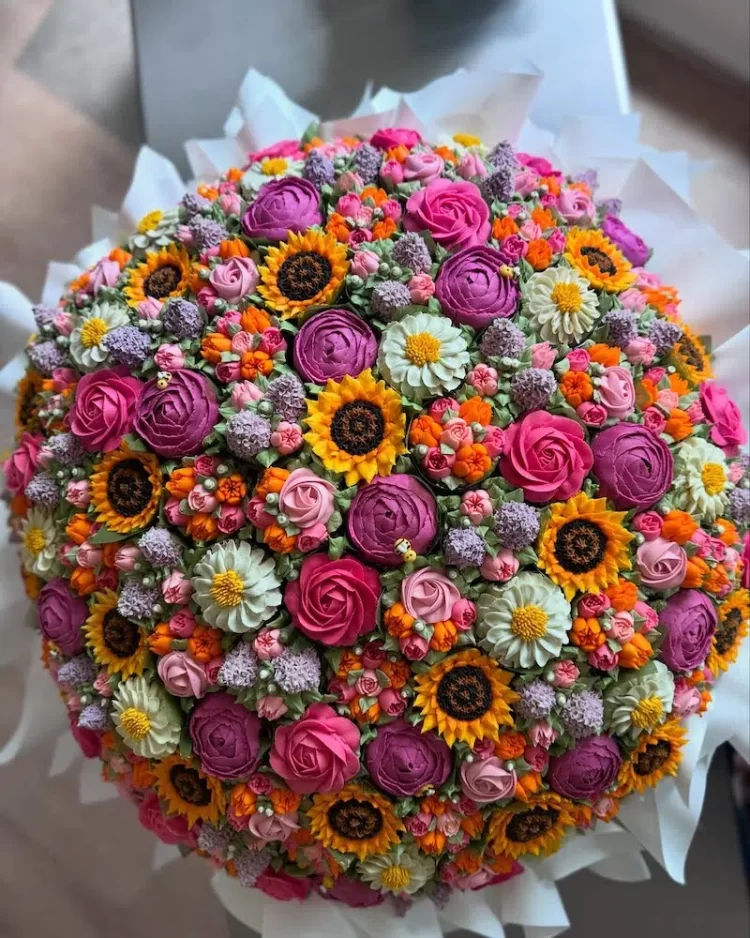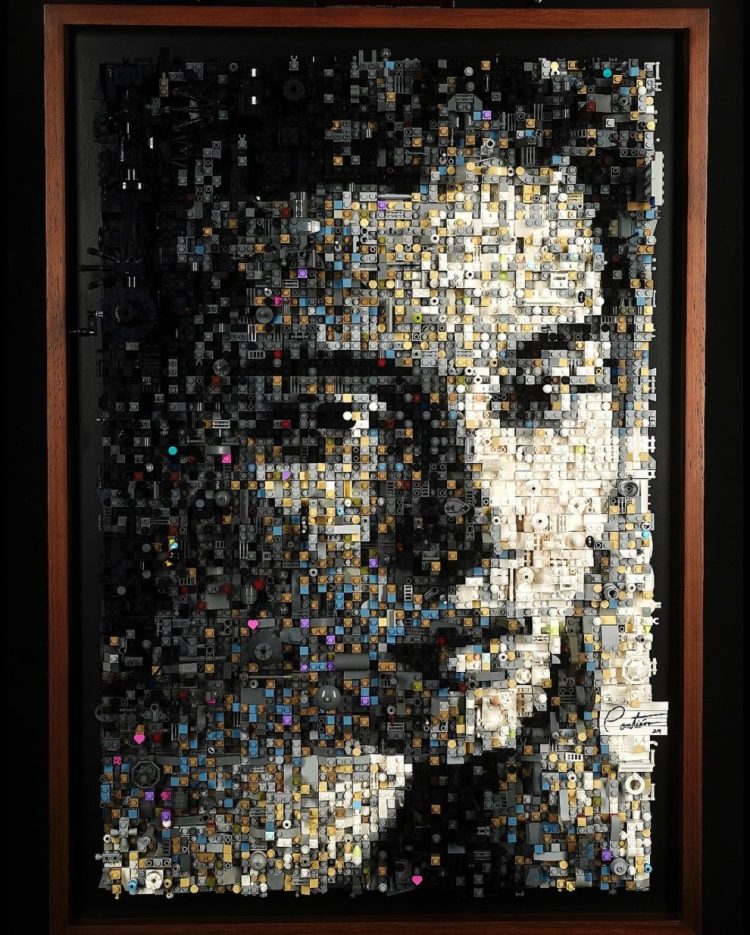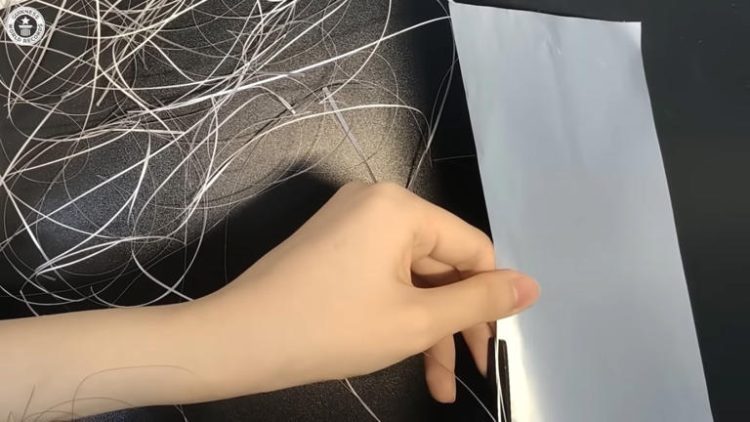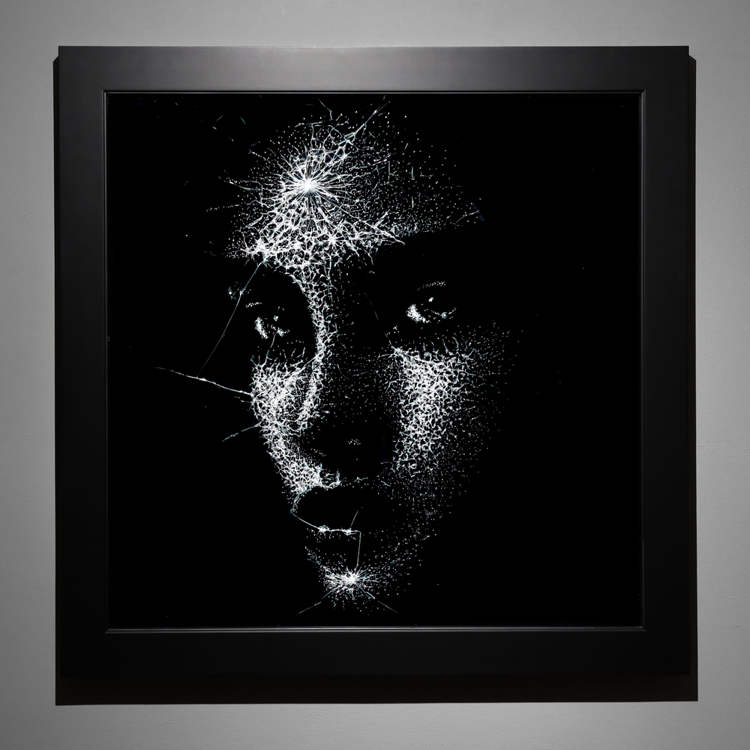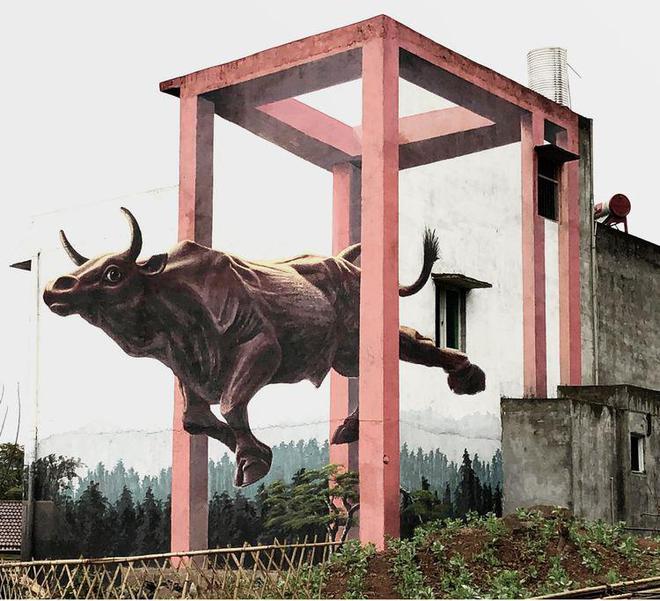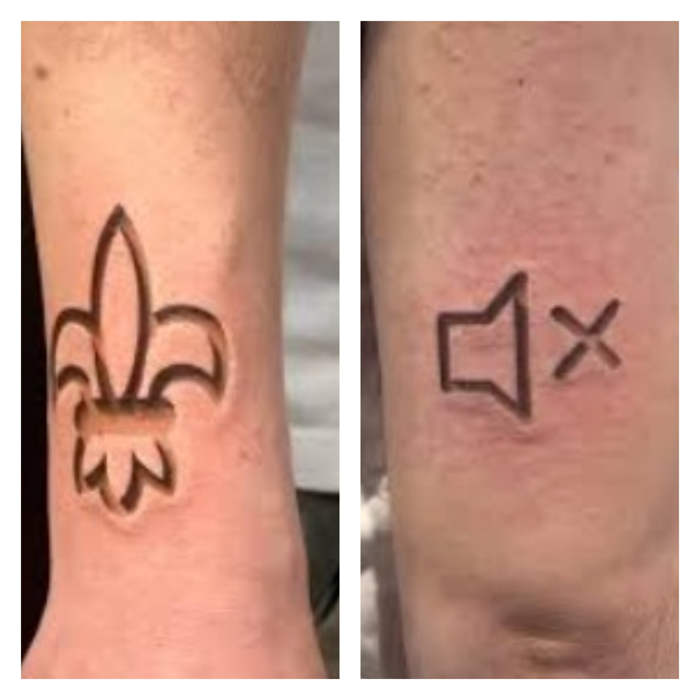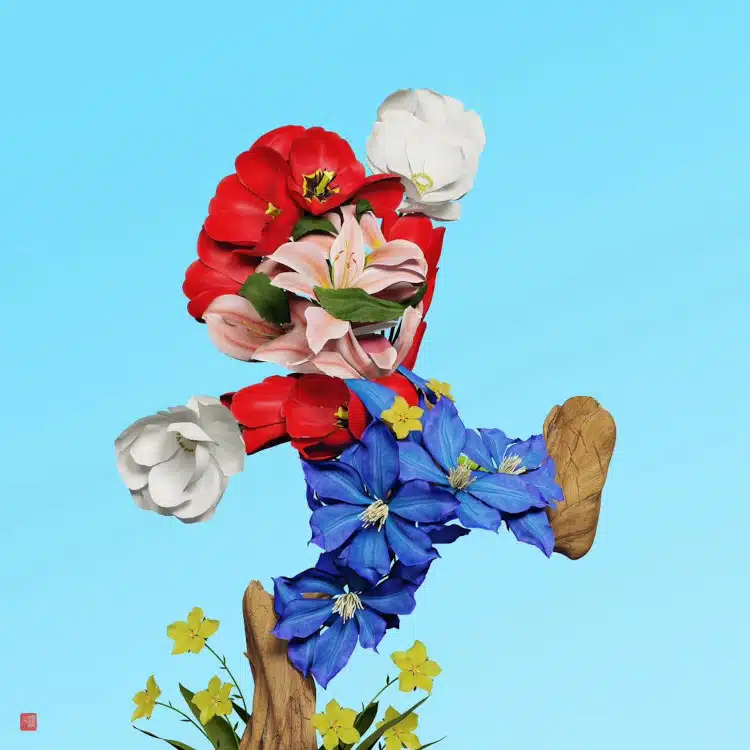Artist Vik Muniz is almost a regular here at OC. We first wrote about his art made from domestic and industrial junk in 2010. Then, in 2012 he was back with his recreation of classic paintings using torn magazine scraps. Now, in collaboration with artist and MIT researcher Marcelo Coelho, Vik has taken then opposite approach to his previous art forms. While his older, gigantic art could only be admired from high above, his latest work is microscopic – a series of sandcastles etched onto individual grains of sand.
Vik said that earlier he had the opportunity to work on an environmental scale. Around that same time, he thought of “going the opposite way around and actually making things so small that it would create a similar impression. They would be so tiny that they could only be imagined, they could not be seen.” When Marcelo was first approached by Vik, he thought it was a joke. “He came to me and said, I want to draw a castle on to a grain of sand. I think the sheer impossibility of that is what excited me.”
Vik and Marcelo spent four long years on trial-and-error experiments before they could successfully create the tiny, magnificent drawings. Each piece of art is less than half a millimeter in size – an inconsequential fleck of sand to the naked eye. Together, they devised a process involving both antiquated technology and innovative visual tools. Vik first created the sketches using a camera Lucida – an optical superimposition device from the 1800s that uses a prism to turn images in front of the viewer into projections on paper. Using this technique, he was able to trace the tiny castles.
Vik then sent these drawings to Marcelo, who toyed with them for four years looking for the perfect microscopic drawing process to transfer the drawings to sand grains. Laser inscription didn’t work because it destroyed the soft sand and the picture wasn’t distinct on harder grains. Finally, he hit upon Focused Ion Beam (FIB), which is a device generally used to fix integrated circuits on microchips. It uses two screens – one that frames the image and depicts the electrons needed to see the grain, and a second that displays the ions that etch the grain. Marcelo used the FIB at highly sensitive levels to generate the shape of the castle at a microscopic level.
At these levels, a pixel is 50 nanometers wide (a human hair is about 50,000 nanometers wide). A single line can be about 0.4 to 1.0 micrometers. This is very close to the diffraction limit of visible light, which is why Vik and Marcelo couldn’t just photograph the drawings using an optical microscope. “It’s really strange because you are drawing on to a canvas and you don’t really know what it is and you can’t hold it,” said Marcelo. He was continuously tempted to just Photoshop the images. But he realized that it’s not the same thing. “The final image carries the process of the images you’ve developed.”
“I don’t think I’ve ever worked on something that was this complicated and difficult,” he said.
In the final stage, Vik photographed the sand-etchings, scanned them at least nine times and enlarged them to wall-sized prints. “When someone tells you it’s a grain of sand, there’s a moment where your reality falls apart and you have to reconstruct it,” said Marcelo. “You have to step back and ask what the image is and what it means.”
“When you look at the castle in the drawing, you see that the outline of the rocks are there on top of mountains, basically. And they actually match the actual outline of the grain. So there’s this really interesting symmetry where the mountain actually looks like the grain of sand, and they’re entire different scales.”
Vik added: “Recognition has been the basic principle of my work since the very beginning. The word ‘recognition’ is very interesting because it means assimilating something twice. I rely on imagery that is very simple, that you have seen a million times, because that’s what creates this little trick. You think you know it, and then you have to know it again. The idea is that you create a path, but you leave bread crumbs for the viewer to follow. When you’re looking at something and you realize, ‘How the hell was this done?’”
So basically, this is what the duo have achieved – they created microscopic drawings, etched them onto sand grains, photographed them, and then enlarged them for the world to see. And the whole process was completed using technology. I think it’s really neat, how scientists and artists are able to come together on projects like these. The sandcastles are currently on view at Tel Aviv Museum of Art, as a part of a larger exhibition of Vik’s work of the past 25 years.
Source: The Creators Project






